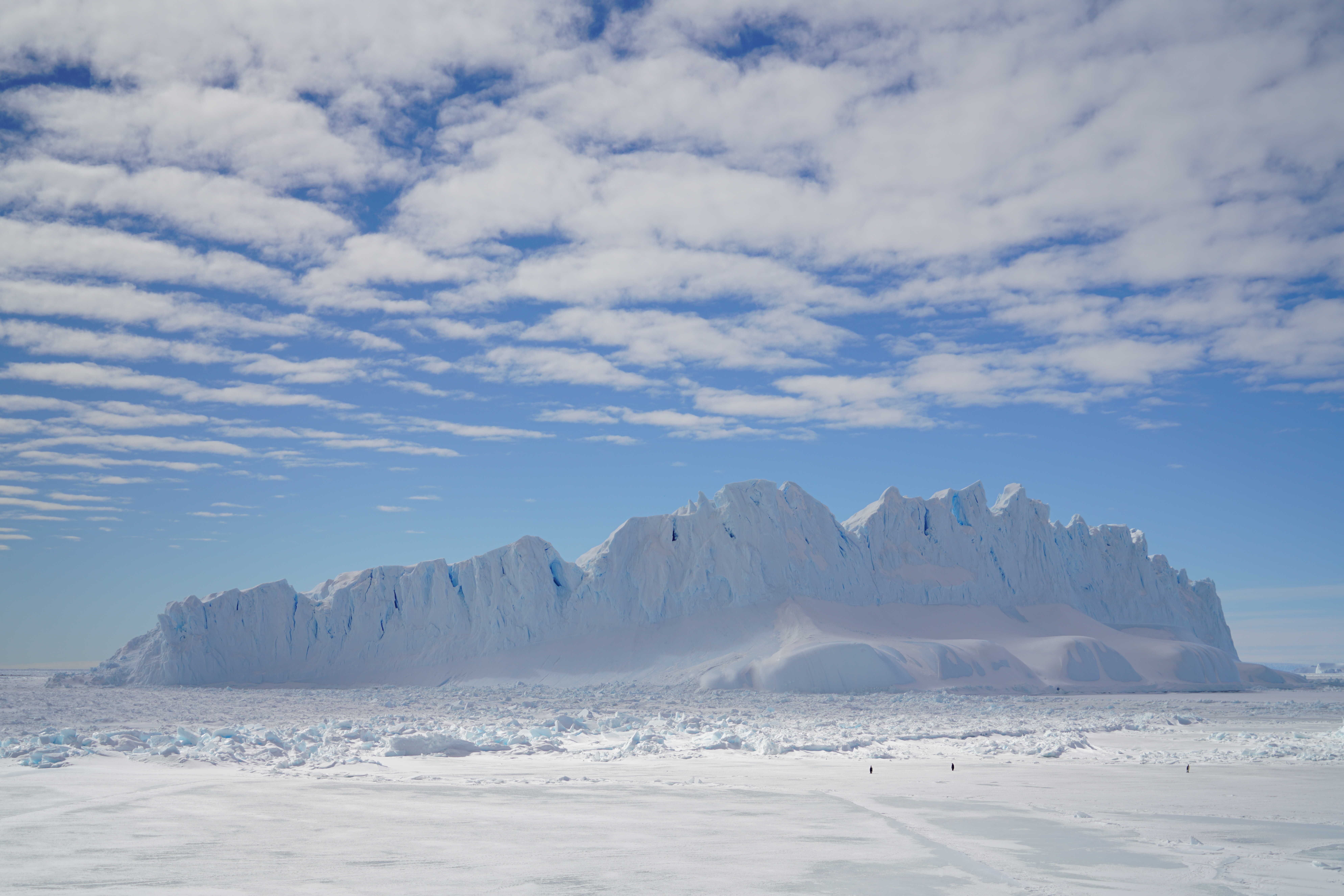Study Shows Link Between Asymmetric Polar Ice Sheet Evolution and Global Climate
A+ / A-
Recent joint research led by Professor AN Zhisheng from the Institute of Earth Environment of the Chinese Academy of Sciences has revealed the pivotal role of the growth of the Antarctic ice sheet and associated Southern Hemisphere sea ice expansion in triggering the mid-Pleistocene climate transition (MPT). It has also shown how asymmetric polar ice sheet evolution affects global climate.
The MPT refers to a shift in Earth's climate system between about ~1.25–0.7 million years ago, marking a shift to more pronounced and regular glacial-interglacial cycles.
While providing insight into the rapid expansion of the Northern Hemisphere ice sheet since the mid-Pleistocene, this study also challenges numerous hypotheses regarding the origin and mechanisms behind the MPT.
Results of the research were published in the recent issue of Science, entitled "Mid-Pleistocene climate transition triggered by Antarctic ice sheet growth."
Due to the importance of the MPT for the evolution of Earth's ice sheet dynamics over the last ~1.25 million years, such hypotheses have been debated and discussed frequently in the journals Nature and Science over the last decades.
"This study contributes to our understanding of the question 'What causes ice ages?' —one of the 125 frontier scientific problems raised by Science/AAAS in 2021," said Professor AN, also a member of Chinese Academy of Sciences (CAS) and Foreign Associate of the National Academy of Sciences, USA.
This work also illustrates how processes in the Earth system define and change characteristics of glacial-interglacial cycles, their dynamics, and their length.
Integrating geological records with numerical climate simulations, this study reveals the history of the asymmetric evolution of ice sheets in both hemispheres and the associated response of the Earth's climate system.
The findings indicate that 2–1.25 million years ago, the ongoing growth of the Antarctic ice sheet and the associated expansion of sea ice in the Southern Hemisphere triggered a temperature drop and water vapor boost in the Northern Hemisphere through the modified cross-equatorial pressure gradient and meridional overturning circulation.
These changes thus fostered development of the Arctic ice sheet and ultimately caused a shift in Earth's glacial cycles from ~40,000 years to ~100,000 years.
By examining the changes in ice volume across both hemispheres, this work highlights the profound impact of the asymmetric evolution of polar ice sheets upon global climate, particularly on the climate of the Northern Hemisphere.
"The finding of the study that this asymmetry could trigger powerful positive feedbacks that could induce a massive change to Earth's climate, a point previously unappreciated until now, has important implications for understanding and projecting Earth's climate under greenhouse warming," said Dr. CAI Wenju, Fellow of the Australian Academy of Science, who noted that the study is an example of Chinese scientists taking the lead in solving global questions in frontier science.
Prof. AN indicated it was urgent to quantitatively assess links between asymmetric bi-hemispheric ice sheet melting and global climate change. He suggested doing so could advance our ability "to predict future climate change and response of the Earth System to the changes in polar ice sheets."
This research was a collaboration with international teams including the CAS Institute of Tibetan Plateau Research, the University of Hong Kong, the British Antarctic Survey, Laoshan Laboratory, the Alfred Wegener Institute, Xi'an Jiaotong University, Nanjing University, Brown University, Beijing Normal University, Ocean University of China, and Australian National University.

Clouds typical of Antarctica, influenced by gravity waves, hover above a massive iceberg that has collapsed from an ice sheet. (Image by BAN Chao)
